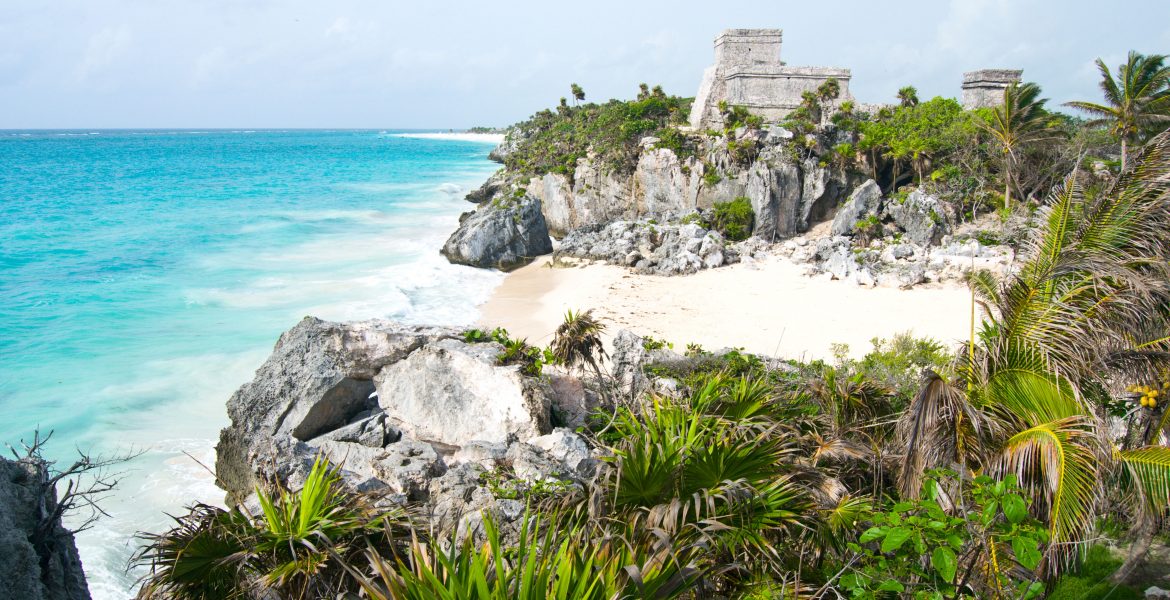
Riviera Maya Excursions: Tulum Ruins
Hiking . Mexico . Outdoor Recreation . Travel . Worldwide Travel
4 Perfect Days in Mexico’s Riviera Maya and the Yucatán Peninsula (Riviera Maya Excursions)
You are viewing part of Day 2 from our 4-Day Itinerary for Riviera Maya, “Riviera Maya Excursions: Tulum Ruins.” Click on any of the days in the list below to view the post for other days. You can also click here to view our full, printable 4-Day itinerary with highlights from each day to help you plan your own adventure along the Mayan Riviera.

Things to do in Puerto Morelos Mexico
Mayan Palace & Grand Mayan
Tulum Ruins – THIS POST
The Best Beach in Tulum
Cobá & Pool Day
Ek’ Balam and Chichén Itzá
Planning a trip soon? Use our links to get discounted tickets, rental cars, and more! Our site is partly supported by affiliate partnerships; your purchases through our affiliate links help support our site and the development of even more great content!
Riviera Maya Excursions: Tulum Ruins
I’ve been looking forward to this day almost since I first visited Tulum with my college friends in late 2000. Even then, we talked about coming back here someday when we were older and more settled, with families of our own. Michelle and I have been back here since then, but this trip is special, because we get to share this with the girls, the ancient history of the Mayan ruins, the turquoise-blue hue of the Caribbean, and the sheer wonder of seeing El Castillo perched on a rocky ledge high above the sea.
But first, breakfast. No matter how magical and surreal the archaeological site may be, we’ve got a couple of hungry girls on our hands that will melt down faster than a piña colada in the tropical heat if we don’t get them something to eat.
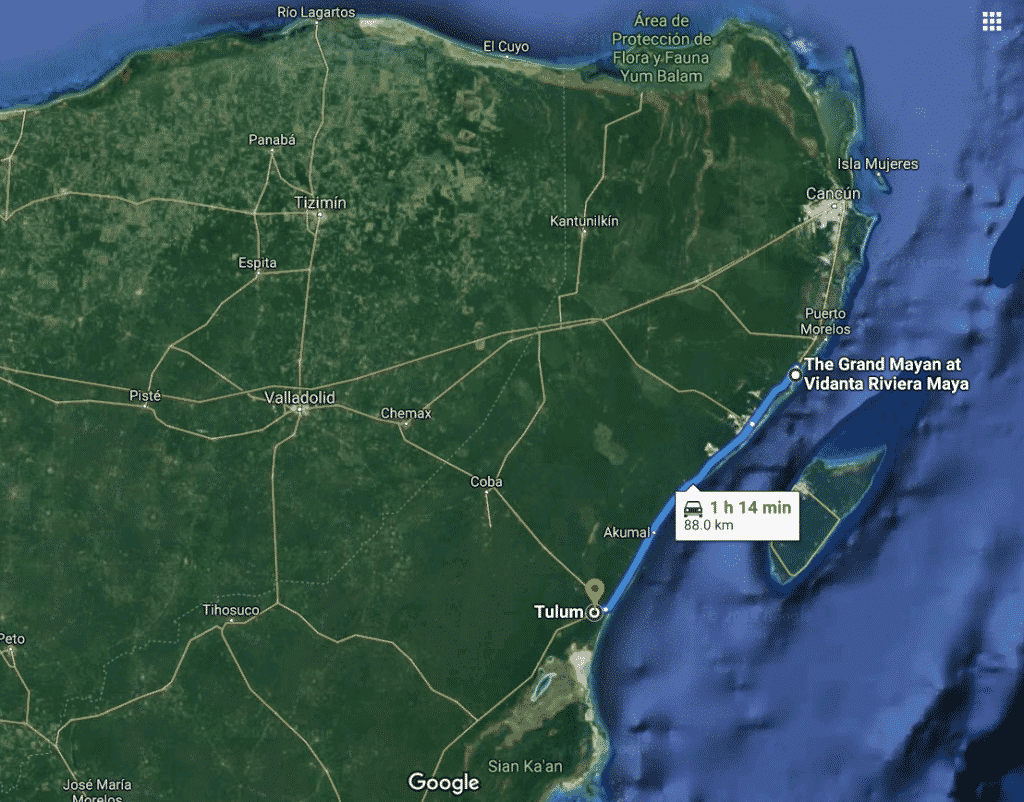

The Best Breakfast in Tulum
The drive to the town of Tulum is just over an hour from the Grand Mayan, which sits just about halfway between Tulum and Cancún. (Here’s something to keep in mind for the ruins: get there early to avoid the crowds and busloads of visitors from all over Yucatán. More on that in a bit). We left early enough to grab breakfast in town before arriving at the archaeological site a little after it opens at 8:00 am. When you first arrive in Tulum along Avenida Tulum, you’ll find at least a dozen restaurants and cafés the first few blocks past the Pemex gas station on the edge of town. We wanted to try Azafran, a trendy little place a few blocks off the main highway on Avenida Satélite, but it wasn’t quite open when we arrived. Plan B: another cute breakfast place along Satélite, Del Cielo, one of the best new breakfast/brunch cafés in town.
After our refueling stop in town, we headed to the zona arqueológica de Tulum, an ever-developing historical and tourist site. As with any development, there are pros and cons that come with growth. On the positive side, the site is more accessible and better maintained than ever before. The downside of massive crowds is offset somewhat by the revenue brought in by tourism that funds further preservation and development of the site. Regardless, if you get there early, you’ll have the place to yourself. Most tour buses and larger groups start to arrive closer to 9 or 10 am. You can even take a dip in the Caribbean below El Castillo before most people have made it through the ticket line if you plan it right.
The shops and restaurants outside the main complex have grown exponentially over the past 20 years, and the commercial entrance feels very different than the stark stone complex inside the archaeological zone. The truth, though, is that this new development is only different in scale; markets have always existed on the fringes of ceremonial complexes, even here at Tulum long before the Mayan site declined. I suppose the difference today is that instead of bartering for hand-made goods and home-grown produce, you can grab a Starbucks on your way in to the ruins and get your photo taken with adorable creatures for a not-so-adorable fee. (You be the judge whether it was worth the cost!)
The Most Stunning Ruins in Yucatán: Tulum
Tulum is one of many Mayan sites located on the Yucatán Peninsula. Chichén Itzá is probably the best-known site, and served as the most important power center for several hundred years before the Spanish arrived. But Tulum was no less important in terms of its location on the coast and trade with settlements further South into present-day Belize and other parts of Central America.
The lowland Mayas of Guatemala are considered to be the most developed Classic Period Mayas, but many of their sites were abandoned after A.D. 800. The Mayas of Yucatán did not experience a similar decline, but were overrun by Central Mexican groups (likely the Toltecs) after A.D. 900. These groups ruled from Chichén Itzá until about A.D. 1200-1250, and brought with them many of the practices and iconography of Tula and Central Mexico, such as Chac Mool statues, the pillared palace, warrior pillars, and a more intense focus on human sacrifice, though human sacrifice already existed in the region prior to A.D. 900. (Keen, Benjamin and Keith Haynes. A History of Latin America. 8th Edition. Boston: Houghton Mifflin, 2009). After A.D. 1200, Chichén Itzá was abandoned, and Mayapán rose in prominence as Maya lords again ruled the Yucatán. Mayapán, too, fell around 1450, and by the arrival of the Spanish, any regional authority (beyond the immediate, local level) had disappeared from Yucatán.
Tulum centers around the main structure, El Castillo, the impressive stone structure that sits perched on the cliff overlooking the Caribbean Sea. The other main buildings radiate out from there, with smaller outbuildings flanking the Castillo and many others surrounding them further away from the ledge. (If you’re interested in our quick reference guide for the main structures at Tulum, I’ve included a full list at the very end of our Tulum photos).

The first time I came to Tulum, I was a senior in college traveling Mexico with my friends on weekend breaks from our study at Cuernavaca’s Universidad Internacional in the Central Mexican state of Morelos. My friends Angie and Bernadette and I would hop on a bus with others who were studying to be linguists and diplomats and professionals and explore new (to us) parts of the country, like Puebla and Taxco, the Central Mexican silver city, and the beaches of Acapulco. Toward the end of our stay, we splurged and bought plane tickets from Mexico City to Cancun, and even rented a classic, white Volkswagen Beetle to drive up and down the coast.
This is the spot, by the way, where I failed to heed the rental agent’s advice to MAKE SURE I did not get the key wet. In the year 2000, the latest auto technology included a key fab with a microchip that did not mix well with salt water. After I dove headfirst into the sparkling blue water off a short pier with the key fab in my pocket, we had to wander down the coast to a resort that did not take kindly to young college vagrants to call the rental agency for assistance. After several hours waiting and a US$50 key fab replacement fee, we set off again to explore even more remote beaches further South.
That was my first visit to Yucatán, and we all wanted to see Tulum. Even better, I wanted to see Tulum at sunrise, with the golden hues on the ruins before anyone else arrived. We drove down from Playa del Carmen before the sun came up. I knew I wouldn’t be able to get in through the main entrance that early, so I approached the site from the beach, hiking up through dense tropical foliage and over the rocky cliffs protecting the ancient ceremonial center.
I managed to snap the two shots below with my Kodak slide film and an old Minolta before armed guards ordered me to stop and follow them out of the archaeological zone. As they escorted me out, they demanded I hand over my camera. I pretended to not speak Spanish as I quickly rewound the roll of film and slid it into my pocket before handing over my now-empty camera to them for safekeeping. When we arrived at the main entrance, they instructed me to come back at 8 or 9 to pay the entrance fee in exchange for my camera. The images below are the only two that survived my harrowing adventure that morning. Even though they look a bit dated now, I still think they were worth the cost of a whole roll of Kodachrome.
Today, 20 years later, the water is as clear and beautiful as ever, turning shades of turquoise and a vibrant blue because of the white sand beneath the waves. I remembered the beaches at Tulum as the stuff of legends; the beaches have lived up to my nostalgic memories and then some.

Riviera Maya Excursions: Tulum Ruins Pro Tips – What To Do (And What Not To Do)
First and foremost, don’t try to access the ruins in the early morning from the beach. It’s not particularly safe, and it’s probably a violation of local and federal laws protecting archaeological zones in Mexico.
But what about the crowds and swimming beneath the ruins and whether or not to hire a guide?
As I mentioned before, arrive as early as possible to avoid the majority of visitors who arrive after 9:30 or 10 am. Despite what you may think from my carefully-composed images, Tulum can feel absolutely overrun by tourists, depending on the time of day. The tranquil, awe-inspiring locale can begin to feel much more frantic and harried the longer you wait to get there. I love a good crowd, but when it comes to Tulum, less is more. Plan to arrive about 15 minutes before the site opens, and you’ll feel like you’re the only one there.
It’s fun to swim on the beach below the ruins. I like to imagine what it must have been like to swim below the Castillo in A.D. 1220 or 900 or even earlier, long before archaeologists would unearth the ancient structures and tourists would swarm the site sipping on iced lattés and complaining of the tropical heat. If you arrive early and tour the site first, you’ll also have time to take a dip before most people hike down to the narrow beaches below the ruins.

And what about hiring a guide or joining a tour group for a guided tour of the site? We’re big fans of local guides, for several reasons. One, many guides are Mayas and have a deep connection to the land, the site, and the history of Yucatán. It’s worth the time and added expense to hear their stories and understand Tulum from their perspective. Two, hiring local guides benefits the local economy and local communities directly; your entrance fee supports the development and preservation of the site, but hiring a guide is a fairly inexpensive way to support local entrepreneurs. Three, you’ll learn way more about Tulum with a guide than on a self-guided tour, and you’re likely to hear some interesting stories and perspectives that you won’t find in any brochures or printed site guides.
That said, we also recommend buying a printed site guide at the bookstore, here and at all the other sites you visit. Guides are written by archaeologists and researchers who have labored at the sites for decades, and are available in many different languages. We suggest buying a guide for each site you visit and then reading through each one later; it’s fun to read more about the buildings and areas you’ve seen first-hand, and you’re more likely to remember the information when you connect what you’re reading with your photos and memories of the actual site.
What Were the Buildings at Tulum Used For? Here’s the Mod Fam Quick Guide:
- El Castillo – The principle building overlooking the sea, El Castillo, stands 12 meters (39.37 feet) high above its base, far above the sea below. Built over successive periods, the Castle contains sculpted images of the Plumed Serpent, Chac (god of rain), and a crocodile. A (possibly) sacrificial altar sits at the top of the staircase.
- House of the Cenote – This structure is built directly over a freshwater well, and served to collect rainwater.
- Temple of the Wind – This temple overlooks the sea, to the North of el Castillo. Like the other temples to the South, the Temple of the Wind has a single entrance and a small altar, and relates to Ehécatl-Quetzalcóatl.
- Casa de Halach Uinic, House of the True Man – This term referred to royalty for the Maya of Yucatán. This building used to contain extensive murals and a large, thatched roof, as well as various references to the Descendant God.
- House of the Columns – The Casa de las Columnas is the largest residential space at Tulum.
- Temple of the Murals – This temple served various social and religious functions, and sits at the center of the main complex. The temple was constructed during various periods, and a monument from Tankah sits to one side of the building. Murals depict Chac (god of rain) and Ix Chel (goddess of the moon, medicine, birth, and sewing). Other depictions relate to agriculture and fertility cults.
- Temple of the Descendant God – In the Northeast corner of the inner zone, the Templo del Dios Descendente consists of two constructions, the earlier base and the later temple, erected with ornate sculpture and elegant roofing. The representation of the deity looks to be rappelling from the sky, and may represent the Venus cult, or deities related to rain, the morning or afternoon sun, swallows, or bees.
- Temple of the Nauyaca – This temple, together with the Temple of the Sea further South, completes the line of temples facing the sea.
- Temple of the Sea – The Temple of the Sea has a single entrance to a one-room space with a small altar. This building is characteristic East Coast, facing the sea, and sits at the far end of the main complex, furthest South.
(Information from Martos, Luis and Alejandro Martínez. Yucatán: Arqueología, Arte, Tradiciones. México, D.F.: Monclem Ediciones S. A. de C.V., n.d.)























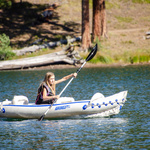
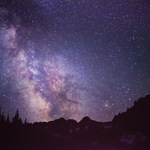

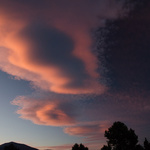
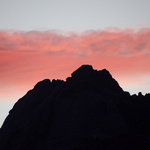
[…] Tulum Ruins […]
[…] Tulum Ruins […]